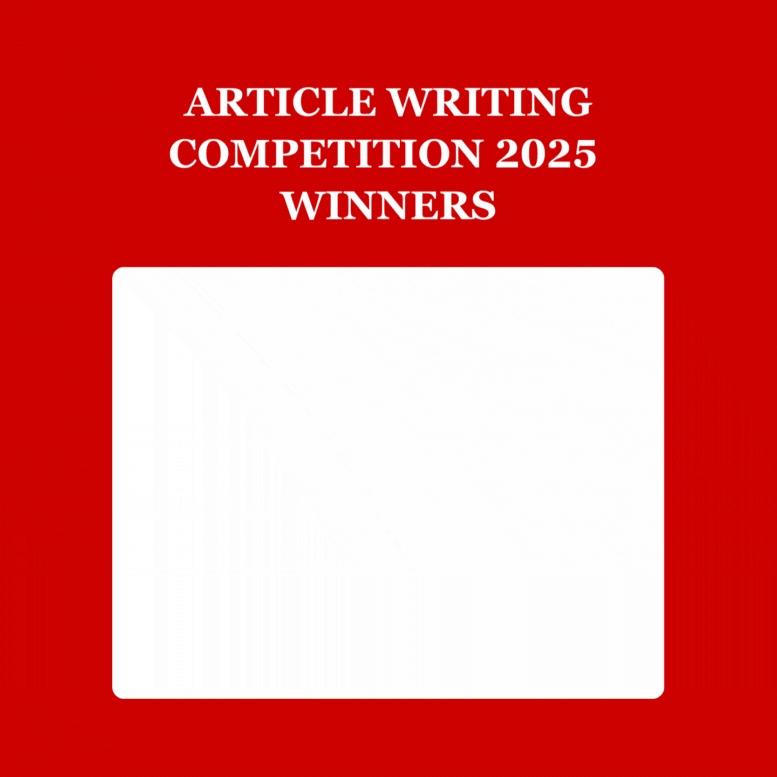The Middle East’s present conflagration continues to shape contours of what would be the likely outcomes for the wider region and beyond. The reportage on Damascus’ fall and Bashar Al Assad’s flight are reminiscent of what we have seen before playing out on our tv screens. Been there, done that. People rejoicing in the streets, posters of strongmen being stomped, statues being cudgelled to smithereens and wailing loved one’s charging torture chambers to find closure. The narrative remains the same until any of the ‘liberated’ state descends into violence, anarchy, dysfunction and fades out of memory for newer lands awaiting ‘liberation.’ The accumulation, preservation of power by global actors for their strategic objectives accelerates, since all states do tend to maximize their interests in the global competing systems.
The geo strategic interests of all three are served by great measure in the fall of Damascus.
The blitzkrieg blitz by Hayat Al Tahrir Al Sham or HTS would not have been possible for Assad’s own unwillingness for accommodation with the many warring factions that his Russian and Iranians patrons continued to nudge him into negotiating with. Assad’s newfound partners in the Gulf who accepted him back in the Arab fold may have led him into mounting an ineffective challenge to Tel Aviv and a reticence to take on a more avowedly proactive role for his staunch allies. This probably led them to the conclusion of the futility of bolstering his regime unless for a direct face off on the land or in the skies with hostile forces. The end of his regime was precipitated by what looks likely to be some understanding between three main principles: the US, Turkey and Israel. The geo strategic interests of all three are served by great measure in the fall of Damascus.
Turkey gets to retain control over what may fare to be Kurdish spheres of influence to checkmate any potential spur of Kurdish terrorism. The political Islam variance that prevails in Turkey since AKP’s assumption of power now extends beyond Turkish borders. The United States has successfully seen an end to Iranian influence in that vital country, long considered to be a bastion to Western and Israeli resistance. It has also dealt a blow to Russia as a major power which maintained an active military presence in that country cutting off both countries from Israel’s Mediterranean borders. It may continue to shape events in the Levant that complement its own and that of its ally, Israel’s interests in the region. The later feels emboldened by striking crushing blows to Iran’s Axis of Resistance in the region in the form of Hamas, Hezbollah and Assad in Syria. It further feels reassured enough to expand settlements on reclaimed Golan Heights. For many in Israel, the imagination of a Greater Israel may as well be emerging at the prospects of Syria’s Balkanization.
The severe degradation of the axis of resistance’s fighting capabilities means planks to Iranian defences have been removed thus exposing Tehran to greater vulnerability and unstable conditioning, lowering its deterrence threshold. The succession to the office of the ageing Rahbar, Ayatollah Khamenei, in favour of his son, Iran’s worsening economy, a youthful population, absence of socio-economic opportunities, power struggle between the hardliners and the moderates and the reformist President Pezeshkian agenda are fault lines that may be advantageous to those, now, clamouring for regime change in Iran.
The silver lining may seem to be the ongoing nuclear talks between Iran and the United States
Little wonder that the ruling elite in the Gulf is aligning itself with Iran as the onset of the kind of political Islam has been a long-dreaded prospect in that region and will be opposed potentially turning Syria into a battleground of factions. The silver lining may seem to be the ongoing nuclear talks between Iran and the United States where the US under President Trump has taken the right decision of engaging Iran and resisting the temptation to go for the available option.
Capturing power may be the easy part, the real test would be wielding it for effective governance and in this case, rebuilding a country. This would be difficult in a country of Syria’s landmass, ethnic mosaic.
If Syria remains a battleground of states and factions, it would accentuate Syria’s own future as a dysfunctional country and exacerbate violence, refugees, narcotics and war lords spiralling out of its borders much like Libya and Iraq. The glorification of HTS (Once tied to Al Qaeda and ISIS) as a liberating force and expecting it to cut the umbilical cords of its neonatal birth into a more mature entity may as well be wishful thinking, at the moment, particularly when Syria enters into a long period of disorder and turmoil. Capturing power may be the easy part, the real test would be wielding it for effective governance and in this case, rebuilding a country. This would be difficult in a country of Syria’s landmass, ethnic mosaic. Preceding states enduring such experiences have swung into further instability.
It is imperative for Pakistani policymakers to eschew internal divisions, forge consensus and take a long-term perspective of fast unfolding events that may crystallize into consequential challenges for the country
Pakistan would need to tread carefully due to the anti-thetical interests of our vital bilateral relationships in Syria. Pakistani fighter pilots once defended Syria’s skies. Air Commodore Sattar Alvi’s name may have even become folklore. However, Pakistan’s internal pyrotechnics continue to dimmish our ability to function as a normal state inhibiting projecting strength at any level. It is imperative for Pakistani policymakers to eschew internal divisions, forge consensus and take a long-term perspective of fast unfolding events that may crystallize into consequential challenges for the country. Time is of the essence.
Disclaimer: The opinions expressed in this article are solely those of the author. They do not represent the views, beliefs, or policies of the Stratheia.


